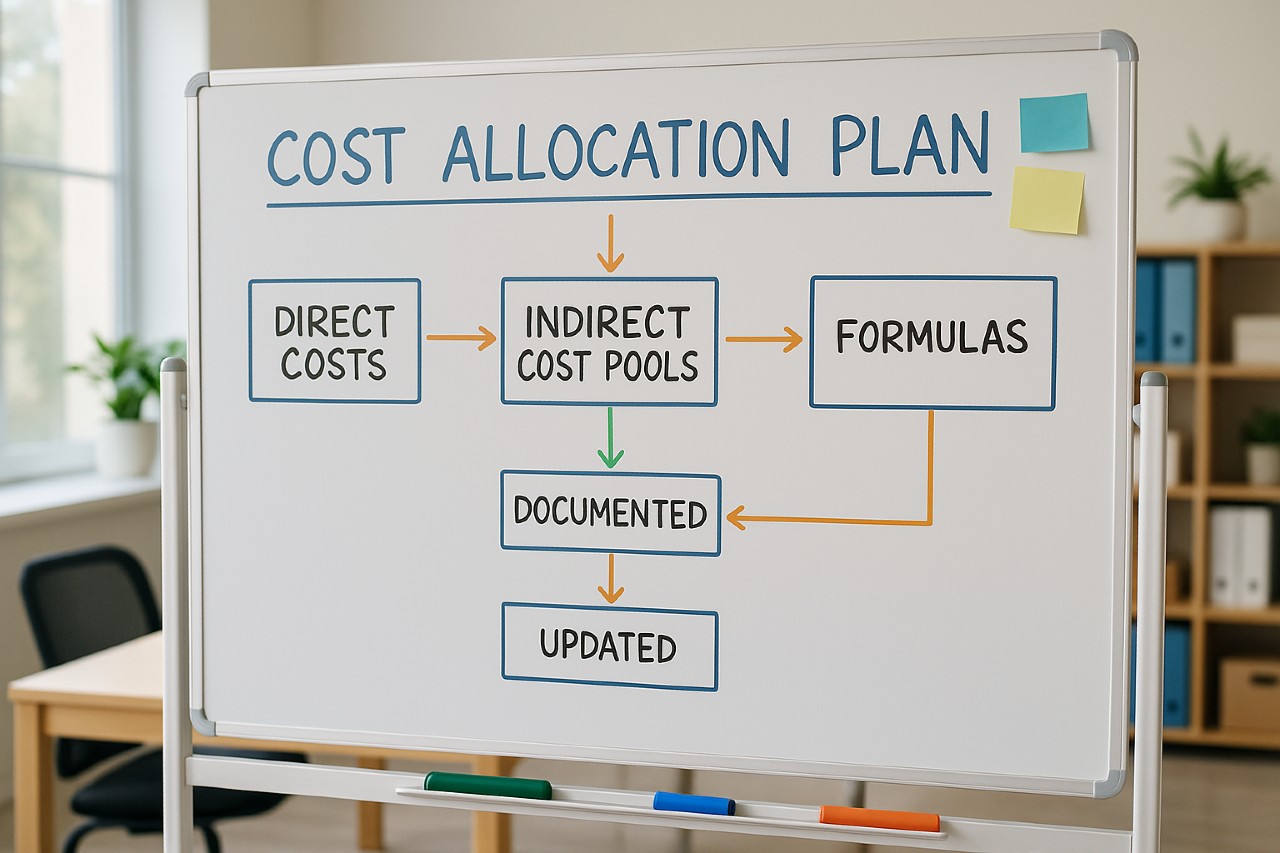Ever wonder what makes a nonprofit tick? It’s all about understanding nonprofit governance. Think of governance as the backbone of any organization. It’s what keeps everything aligned with the mission and running like a (mostly) well-oiled machine. Whether you’re rescuing goats, sheltering senior dogs, or running a bunny sanctuary, good governance is what helps you lead like a boss. Let’s break it all down in a way that actually makes sense—and might even make you smile.
- Understand how boards, staff, and committees fit together.
- See what great governance looks like in practice.
- Spot (and avoid) the most common governance headaches.
Governance = mission + structure + accountability. Get those right, and everything else gets easier.
What is Nonprofit Governance?
Nonprofit governance refers to the systems, policies, and decision-making structures that guide your organization. Think of it as the GPS that keeps your rescue mission on course. It’s different from management (which is about the daily hustle). Governance focuses on oversight, alignment with mission, and long-term direction.
Key Principles of Nonprofit Governance
- Accountability: Board members must act in the organization’s best interest and own their decisions.
- Transparency: Open communication about finances, policies, and decisions builds trust.
- Responsiveness: Good governance adapts to change and responds to stakeholder needs—furry or otherwise.
Structure of Nonprofit Governance
The Board of Directors
Your board is the core leadership team—think of them as your nonprofit’s steering wheel. They oversee finances, mission alignment, and strategic decisions. Each board member plays a specific role, from treasurer to policy wonk to donor whisperer.
Executive Leadership
Your executive director (or CEO) is the engine. They turn the board’s strategic plans into real-life results. A strong, communicative relationship between the board and executive staff is essential for smooth operation.
Committees and Advisory Councils
Committees help divide up the work—finance, governance, programs, etc. Advisory councils don’t vote but offer expert insights (think: your unofficial board of wise owls).
Responsibilities of the Board
Strategic Planning
The board sets the vision. They help shape where you’re going and how to get there—so you’re not just winging it (even if your sanctuary has actual wings).
Financial Stewardship
Board members approve budgets, ensure sustainable funding, and monitor financial health through proper reviews and audits. Learn more about fractional CFO support, financial reviews, and audits.
Legal and Ethical Oversight
The board ensures compliance with nonprofit laws and sets ethical standards. This includes filing your IRS Form 990 and avoiding conflicts of interest.
Great boards don’t just show up to vote—they ask smart questions, watch the numbers, and keep the mission front and center.
Board Recruitment and Development
Identifying and Recruiting
Diversity matters—age, background, race, skills, and life experience. You’re not just looking for big donors or impressive résumés. You’re building a team with heart and hustle.
Orientation and Ongoing Training
Don’t just toss new board members into the deep end. Offer orientation, onboarding, and continued education on topics like fundraising, DEI, or financial oversight.
Evaluating Performance
Regular board evaluations help everyone grow. Keep it simple: surveys, check-ins, or even a once-a-year board retreat with snacks (and maybe a goat or two).
- Identify and recruit mission-aligned leaders.
- Onboard and train for roles and responsibilities.
- Support, coach, and check in throughout the year.
- Evaluate and refresh board composition as you grow.
Challenges in Nonprofit Governance
Common Issues
Blurry roles and conflicts of interest are a recipe for drama. Define roles clearly, and revisit policies regularly. Tools from BoardSource can help.
Internal Conflict
Disagreements happen—especially among passionate people. Set up conflict resolution strategies early on and model respectful dialogue.
Adapting to Change
COVID, inflation, funding shifts… nonprofits need to be flexible. Governance should include risk management and adaptability.
- Are roles and expectations written down and shared?
- Do we have a conflict-of-interest policy everyone understands?
- Have we talked about risk and “what if?” scenarios in the last year?
Best Practices for Effective Governance
- Strong Board-Executive Relationship: Trust and clear roles make everything smoother.
- Diversity and Inclusion: Build a board that reflects the community you serve.
- Self-Assessment: Evaluate board effectiveness annually and adjust as needed.
- Financial Transparency: Consider outside financial statement review services to build trust.
- Compliance: Stay current with IRS nonprofit regulations and state filings.
Healthy boards balance big-picture strategy with just enough structure—policies, calendars, and checklists—to keep things moving without squashing passion.
Frequently Asked Questions
What is nonprofit governance?
Nonprofit governance is the system of leadership, oversight, and strategic guidance provided by a board to ensure a nonprofit fulfills its mission effectively and ethically.
How is a board of directors different from governance?
The board carries out governance. Governance is the “what” and “why”—the board is the “who.”
What are board members legally responsible for?
They’re responsible for acting in the nonprofit’s best interest (fiduciary duty), including financial oversight, compliance, and strategic direction.
Who holds the board accountable?
Board members hold each other accountable. External accountability comes from audits, the IRS, and public transparency through reports and filings.
Do animal rescues need formal governance?
Yes! Even the smallest nonprofit needs good governance to stay compliant, win grants, and build long-term trust with donors and the community.
Wrapping It Up
Nonprofit governance isn’t just for big-budget orgs with fancy conference rooms. It’s for every animal rescue, sanctuary, and shelter that wants to grow sustainably and serve well. Lead with purpose, plan ahead, and don’t be afraid to ask for help—like bookkeeping support or a fractional CFO. Your animals (and volunteers) will thank you.
Choose one governance upgrade—like a clearer conflict-of-interest policy or a simple board self-assessment—and put it on your next board agenda. Tiny tweaks today = smoother leadership tomorrow.







